
Plum and vanilla jam
- Published: 16 Sep 22
- Updated: 18 Mar 24
This speedy plum jam with hints of vanilla and cinnamon uses a clever time-saving trick in the cooking process. Delicious, fragrant plum preserve in a hurry? Yes please.
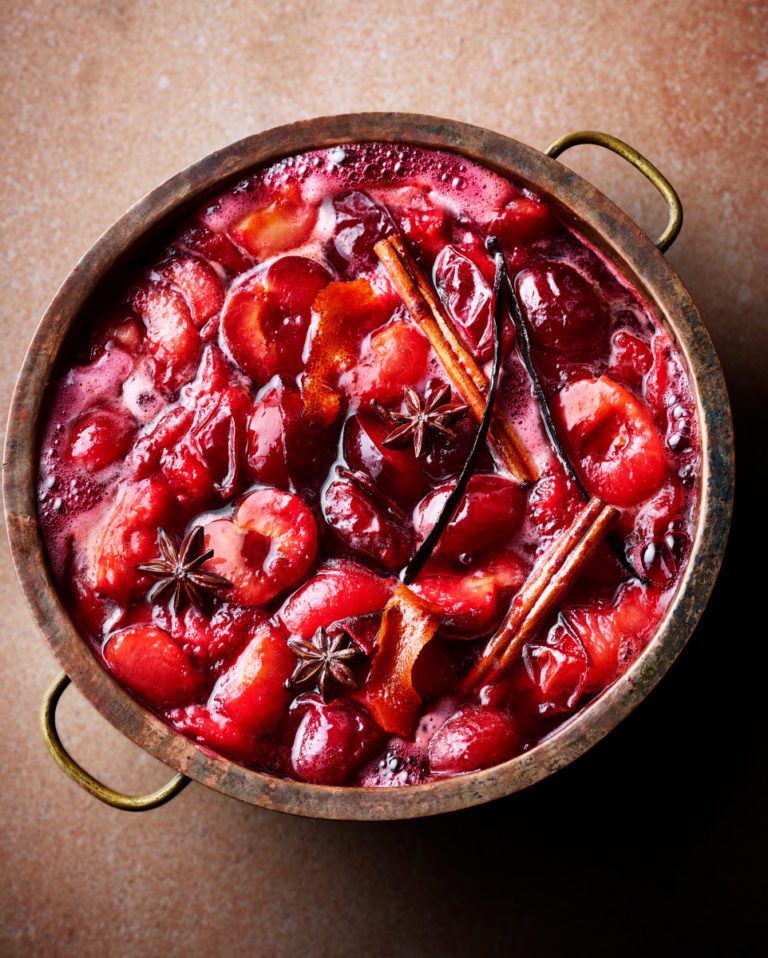
What’s the difference between a jam and a preserve? Not an awful lot really. Jam tends to be made with mashed fruit whereas preserves have whole fruit or large pieces of fruit. If you’d prefer a more traditional jam-like consistency, we suggest mashing up some of the whole fruits.
Been blackberry picking? Try classic blackberry and apple jam next.
Ingredients
- 500g glucose syrup
- 500g caster sugar
- 150ml water
- 1 tsp salt
- 2 cinnamon sticks
- 2 star anise
- 1 vanilla pod, split lengthways
- Pared zest 1 orange
- 1.5kg plums, halved and pitted
- 1 tbsp liquid pectin (from most large supermarkets)
- 15g food-grade citric acid (see Know How) or 5 tbsp freshly squeezed lemon juice
Specialist kit
- Sugar/probe thermometer
- Sterilised jars and lids
Useful to have
- Preserving pan
Method
- Put the glucose, sugar, water, salt, cinnamon, star anise, vanilla pod and orange zest in a large preserving pan (or a large, deep heavy-based saucepan). Put over a medium-high heat and bring to the boil, stirring occasionally, to dissolve the sugar and create a spiced syrup. Use a thermometer to keep an eye on the temperature.
- As the syrup reaches 140°C it will start to turn golden. As soon as it hits that temperature, very carefully add the plums (don’t tip them in all at once, otherwise you risk splashing boiling syrup on yourself). The syrup will harden but don’t worry – just continue to heat until it remelts, stirring gently to coax it along (but trying not to break up the plums too much). Continue to cook over a high heat for around 10 minutes or until the syrup is liquid, bubbling, bright purple and returns to 120°C.
- Stir in the pectin and citric acid (or lemon juice), then remove from the heat. Leave to cool slightly, then lift out and discard the cinnamon, star anise, orange peel and vanilla pod. Decant into sterilised jars, then seal (see Know How).
- Store the jars in the fridge for up to 4 weeks (see Know How). Once opened, eat within 2 weeks.
- Recipe from September 2022 Issue
Nutrition
- Calories
- 166kcals
- Fat
- 0.1g (trace saturated)
- Protein
- 0.3g
- Carbohydrates
- 40.3g (32g sugars)
- Fibre
- 1.2g
- Salt
- 0.3g
delicious. tips
Most jams require long bubbling to break down the fruit. This technique skips that by creating a hot syrup in which the fruit is cooked quickly, retaining its shape and texture. Add the resulting chunky preserve to bakes, chop it to spread on toast or serve as is with cream.
To give the jam a shelf life of months (and in a cupboard rather than
the fridge), submerge the filled, sealed jars in water. Bring the water to 90°C, simmer for 30 minutes, then cool. Once open, chill and eat within 2 weeks.Buy citric acid from online homebrewing shops or Wilko.
Buy ingredients online
Rate & review
Rate
Reviews
Share a tip
Subscribe to our magazine
Food stories, skills and tested recipes, straight to your door... Enjoy 5 issues for just £5 with our special introductory offer.
Subscribe
Unleash your inner chef
Looking for inspiration? Receive the latest recipes with our newsletter

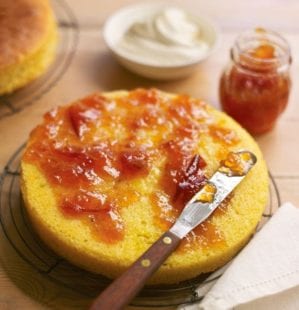
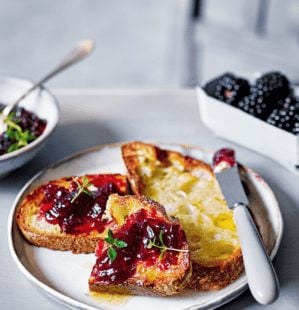
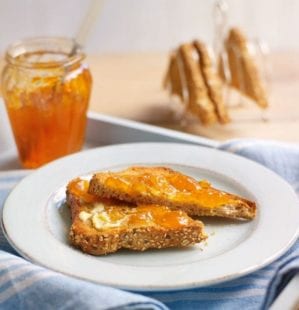
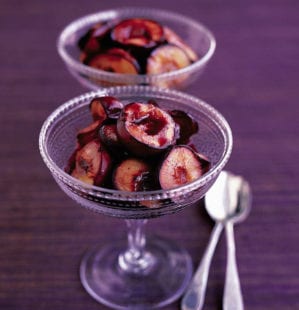
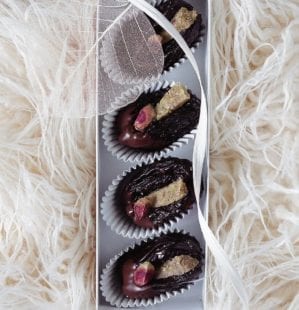
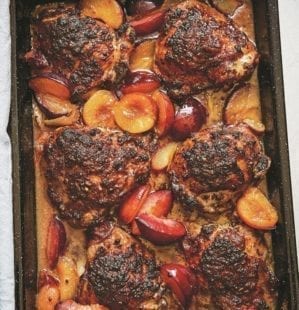
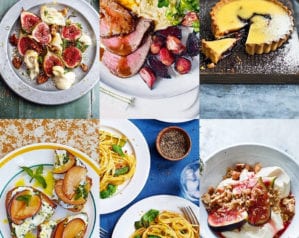
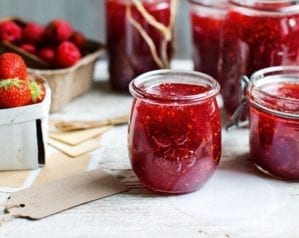
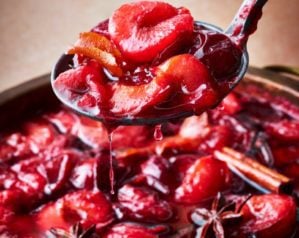
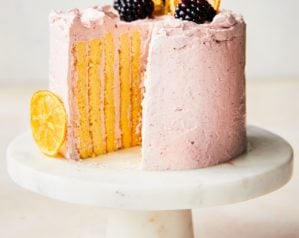
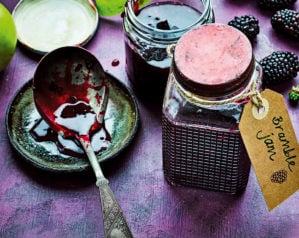
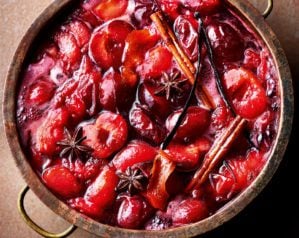
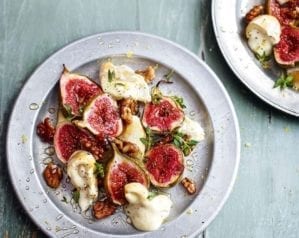
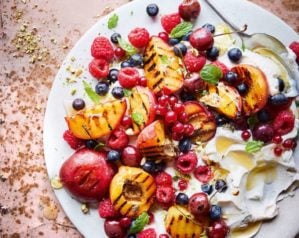
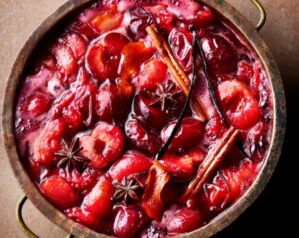
The sugar and glucose mix got up to 140 but after putting fruit and hard boiling it would not go up to 120 degrees even after 30 minutes.
I then read online the set temperature is 105 degrees.
The instructions I think are wrong.
Hi Angus. Thanks for your feedback. This jam uses a different method to classic set jams. If you can’t get the mixture to reach 120 degrees after the fruit goes in, it’s fine to just cook the mixture hard until the syrup returns to liquid again. This method requires you to sear the fruit in the syrup to lock in the juice rather than allowing everything to break down into a jam. But it’s important to cook the jars after they’re sealed if you want them to be shelf stable! Hope this helps. Thanks.